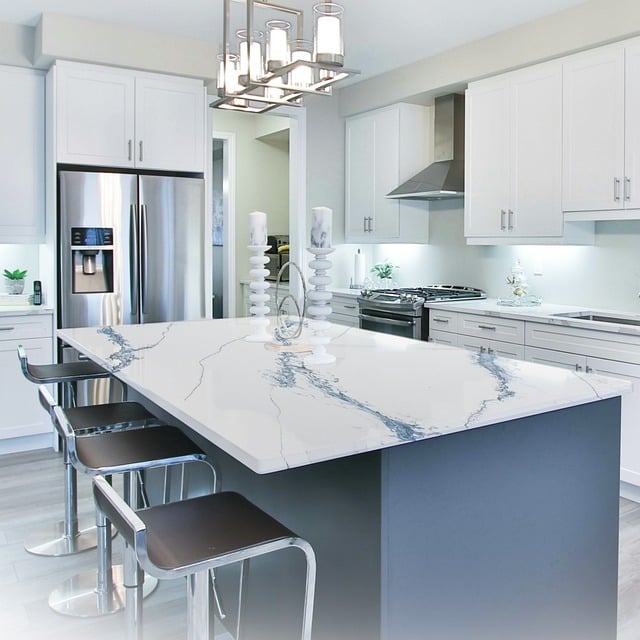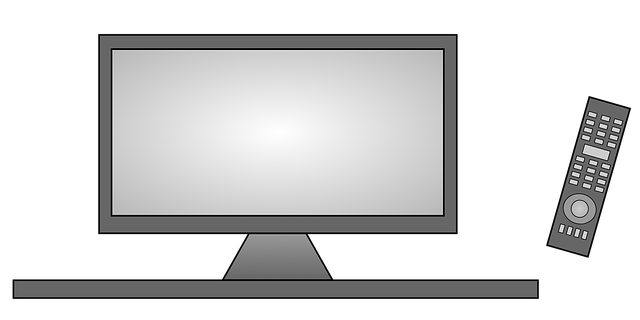GE Appliance Troubleshooting: Common Problems and Fixes
GE refrigerators may develop issues like noise from the compressor or fans, leaking seals, improper …….

GE refrigerators may develop issues like noise from the compressor or fans, leaking seals, improper door alignment, temperature control problems, and frost buildup. Regular maintenance such as cleaning condenser coils, ensuring the fridge is level, and performing timely defrosts can help alleviate these. For stoves and ovens, troubleshooting starts with checking cleanliness and function of the igniter, inspecting bake and broil elements, verifying thermostat and temperature sensor calibration, and ensuring the door latch and seal are in good working order. If the oven doesn't heat properly, it may require cleaning or replacing heating elements. GE washing machines can experience leaks, failure to start, or poor cleaning due to factors like worn seals, lid switch issues, clogged filters, or motor coupler problems, which can be addressed through regular maintenance and error code understanding. For GE dryers not starting, homeowners should first check the circuit breaker and electrical outlet, then inspect internal components like the door switch and electronic control board, with safety as a priority throughout the process. Professional repair is recommended if issues persist after initial troubleshooting steps or when dealing with electrical components. Regular maintenance across all GE appliances can extend their lifespan and prevent many common problems.
Whenononononononononononononononononononononononononononononononon
- Identifying Common Issues with GE Refrigerators
- Troubleshooting GE Stove and Oven Malfunctions
- Solutions for Frequent Problems with GE Washing Machines
- Resolving Electrical Glitches in GE Dryers
Identifying Common Issues with GE Refrigerators

GE refrigerators, like all appliances, can encounter a range of issues that affect their performance and longevity. One common problem is excessive noise, often due to faulty compressors or fans. If your GE fridge starts making unusual sounds, it’s advisable to check the condenser coils for dust accumulation and clean them if necessary. This can help reduce the strain on the motor and minimize noise levels. Another frequent concern is leaking water from the door seals. This can be remedied by inspecting the gaskets for wear or damage, and replacing them if needed. It’s also essential to ensure that the refrigerator is level, as a slanted fridge can prevent the doors from sealing properly, leading to leakage.
Faulty temperature control is another prevalent issue with GE refrigerators. If your fridge is not maintaining the desired temperature, the first step is to verify the settings and make adjustments. However, if the thermostat or sensors are malfunctioning, professional repair may be required. Additionally, consistent monitoring of your fridge’s interior humidity can prevent frost buildup, which is yet another common problem. Excessive frost can impede airflow within the unit and reduce its efficiency. To address this, defrosting the appliance periodically or troubleshooting potential issues with the defrost timer or thermostat might be necessary. Regular maintenance, such as cleaning the coils, checking seals, and monitoring performance, can help prevent many common problems with GE refrigerators and ensure they operate smoothly for years to come.
Troubleshooting GE Stove and Oven Malfunctions

When encountering malfunctions with GE stoves and ovens, a systematic approach to troubleshooting is essential. Common issues such as failure to ignite or an oven not heating properly can often be resolved by checking simple, yet frequently overlooked, components. For instance, if your GE stove’s burners are not lighting, ensure the igniter is clean and functioning. A dirty igniter can prevent spark generation necessary for ignition. Additionally, verify that the oven’s bake element or broil element is intact and has no signs of overheating, as these elements can burn out if left in a damaged state. For ovens not reaching the desired temperature, inspect the oven thermostat and temperature sensor for proper calibration. These components can cause inconsistent or non-existent heating if malfunctioning.
In cases where the stove or oven is operational but not performing as expected, consider the condition of the heating elements. Residue from cooking can reduce their efficiency over time. Cleaning the elements or replacing them if they show significant signs of wear can restore proper functioning. Also, inspect the door latch and seal of the oven to ensure that heat isn’t escaping; a faulty latch or a damaged seal can lead to temperature fluctuations. If you’ve gone through these steps and the issue persists, it may be time to consult the user manual for specific troubleshooting steps or contact GE customer support for further assistance. Regular maintenance and timely addressing of minor issues can help prevent more serious malfunctions in the future.
Solutions for Frequent Problems with GE Washing Machines

GE washing machines, like all appliances, can encounter various issues over time. Some common problems include leaks, failure to start, and inefficient or ineffective cleaning. To address these frequent issues, it’s important to perform regular maintenance checks and understand the error codes or messages your machine may display.
For instance, if your GE washing machine is leaking from the front, you should first check the door seal and gasket for wear or damage. If the problem persists, inspect the water supply hoses for kinks or tears and ensure they are securely connected without any leaks. Should the machine fail to start, verify that it is plugged in properly, and check the lid switch or lid lock to make sure they are functioning correctly. A washing machine that isn’t cleaning well might indicate a clogged pump filter or a problem with the water level pressure switch. Clearing out lint and debris from the pump filter and adjusting the settings for the water level can often resolve this issue. In cases where the machine isn’t filling up, inspect the water inlet valve, as it may need to be repaired or replaced. Additionally, if your washing machine is not spinning, the issue could be with the motor coupler, drive belt, or the spin basket assembly. These components may require tightening, replacement, or professional servicing to restore proper functioning. Regular maintenance, including cleaning the lint filter and checking for proper water levels and drainage, can prevent many of these common problems. If DIY troubleshooting doesn’t resolve the issue, consulting a certified technician is advisable.
Resolving Electrical Glitches in GE Dryers

When encountering electrical issues with GE dryers, it’s crucial to approach troubleshooting systematically to ensure safe and effective resolution. One common problem is when the dryer fails to start. This could be due to a tripped circuit breaker or a blown fuse. Homeowners should first check their circuit breaker panel for any signs of tripped circuits and reset the relevant breaker if necessary. If the issue persists, inspecting the electrical outlet and ensuring it’s functioning can help identify power supply problems.
If the dryer is plugged in and the outlet has power but the dryer still doesn’t operate, the problem might lie within the dryer itself. A faulty door switch or a malfunctioning electronic control board could prevent the dryer from starting. In such cases, it’s advisable to unplug the appliance before inspecting these components. For the door switch, check its continuity with a multimeter; if it’s defective, replace it. Similarly, for issues with the electronic control board, test its functionality and replace it if it’s not responding as expected. Always ensure that you follow safety precautions when handling electrical appliances, and if you’re unsure about any step, consult a professional technician to avoid the risk of electric shock or further damage to the appliance.
navigating common issues with GE appliances can be simplified by recognizing typical malfunctions and implementing effective solutions. This article has provided a comprehensive guide to understanding and resolving frequent problems across various GE home appliances, including refrigerators, stoves, ovens, washing machines, and dryers. By following the outlined troubleshooting steps and maintenance tips, homeowners can address electrical glitches, performance declines, and other hiccups that may arise with their GE appliances. With this knowledge at hand, ensuring your GE appliances operate efficiently becomes a manageable task, enhancing the overall functionality of your household.







